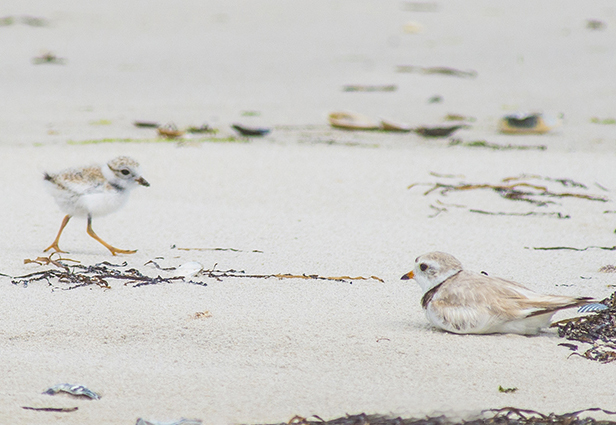CWF In The News: Eastern Coyote, Friend or Foe to LBI? Conservationists Weigh In
by Ethan Gilardi, Wildlife Biologist

The expansion of Eastern Coyotes (Canis latrans x lycaon) throughout the northeastern United States has been a cause for alarm in some communities, but are they as dangerous as some fear?
A particularly adaptable wild canid, the eastern coyote is distinct from their western cousins and is considered to be a hybrid species, created when western coyotes and other wolf species, like the eastern wolf, interbred in the early 1900s. This new larger coyote species has been able to expand its territory out from its central/western roots and can now be found along much of the eastern coast of the United States.
The eastern coyote’s presence on our coasts now finds itself at odds with the humans who call these more cosmopolitan coastal areas their home, like on Long Beach Island where increasing coyote sightings over the past few years are beginning to worry residents.
Monique M. Demopoulos of TheSandpaper.net reached out to Conserve Wildlife New Jersey for a conservationist’s perspective.
CWF Habitat Program Manager Ben Wurst and Executive Director David Wheeler gave their thoughts in the article published on March 11th.
Reading read the full story over on TheSandpaper.net!

Want to learn more about eastern coyotes and their ecology here in New Jersey?
Watch David Wheeler’s Living with Eastern Coyotes: The Incredible Story of our Newest Wild Neighbors over on the CWF YouTube channel!
Discover more from Conserve Wildlife Foundation of NJ
Subscribe to get the latest posts sent to your email.